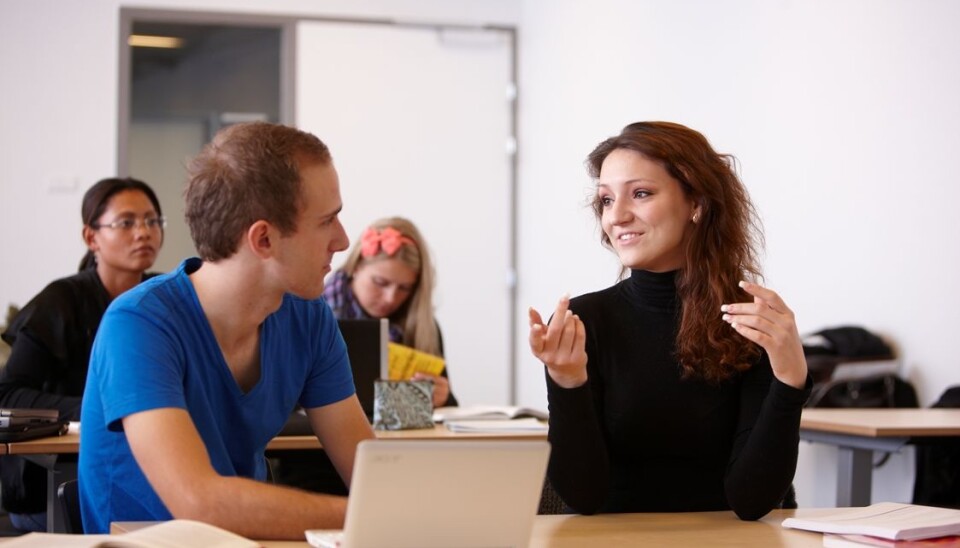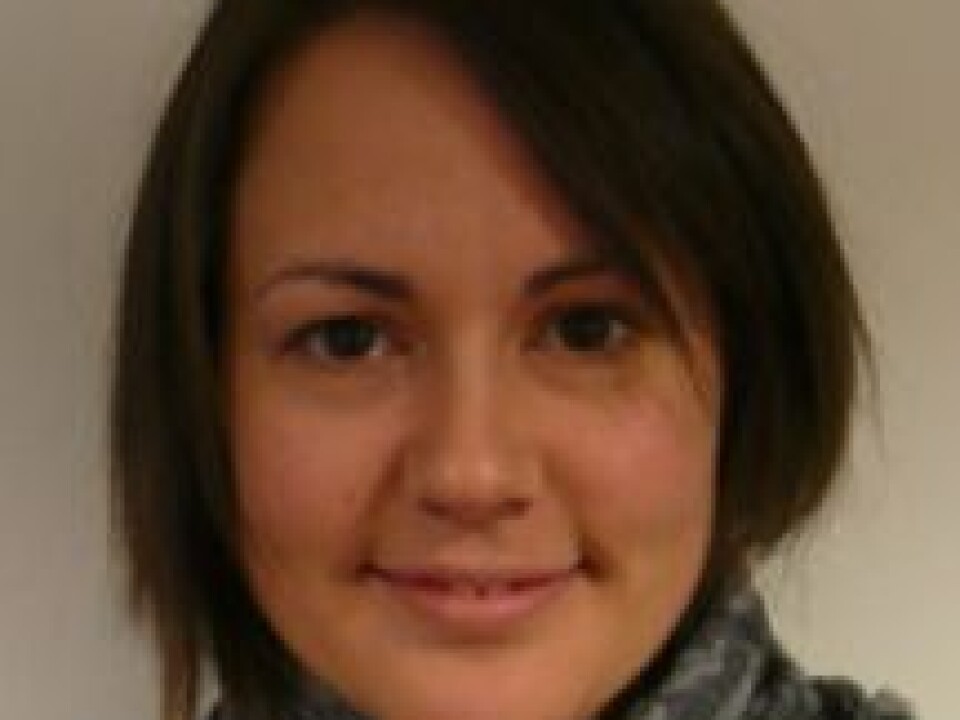This article was produced and financed by The Research Council of Norway

Choice of partner affects health
We tend to choose partners of equal socio-economic status. This choice will also affect our health.
Denne artikkelen er over ti år gammel og kan inneholde utdatert informasjon.
Married and common-law couples often share similar attitudes, behaviour and levels of education.
"Our study revealed that this tendency can exacerbate social inequality related to health,” explains doctoral fellow Sara Marie Nilsen of the Norwegian University of Science and Technology (NTNU).
Nilsen has examined the significance of differences in education and how this relates to the individual’s subjective perception of his or her own health in general, and of anxiety and depression in particular, among the nearly 19,000 Norwegian couples who participated in the Nord-Trøndelag health study (HUNT).
HUNT is a very large longitudinal population health study carried out in Norway.
Lower education, poorer health

“Our findings show that spouses and partners often have a similar perception of their health status. Sharing the same level of education may be a factor behind this correlation. The highly educated are often healthier than people with lower levels of education,” states Nilsen.
However, her study also indicates that the individual’s health is directly affected by the education of the partner. For example, individuals with a lower level of education will feel healthier if they live together with someone with a higher education.
“It is also turns out that partners with different levels of education share a fairly similar perception of their health,” Sara Marie Nilsen explains.
Social inequality as a health factor
Nilsen has chosen education as a measure of socio-economic standing since educational background forms the basis for an individual’s work life and subsequent level of income, and is also the key to social status.
Her findings indicate that the higher a couple’s combined status, the healthier each of them will be. The opposite also holds true; the lower their combined status, the poorer their individual health.
Nilsen’s research project is funded under the Research Programme on Public Health (FOLKEHELSE) at the Research Council of Norway.
Social inequality is one of the FOLKEHELSE programme’s four thematic priority areas. Research activities take as their point of departure the fact that the higher our social status, the better our health, and vice-versa. Factors such as income, occupation and education play a pivotal role in whether a person will develop cardiovascular disease, cancer, chronic illness or the like.
Research on couples provides new insight
Two out of three Norwegians live together in relationships. It can be difficult to explain social inequality in health, especially for women, without taking into consideration the impact partners have on each other. Social position can also affect children’s health.
Previously, health research has primarily focused on individual risk. Examining partners and spouses as a unit is a relatively new approach in this context.
“Health researchers would benefit from focusing more attention on the social contexts we live in, as couples, families and households. This is precisely where the majority of us spend most of our time,” Nilsen points out.
“Social inequalities in health have been, and remain, a sensitive topic. Researchers are apprehensive about amplifying the feeling of failure among those who are struggling to begin with,” says Steinar Westin, professor of social medicine at NTNU.
“But it doesn’t help to stick your head in the sand. We have to learn more about how these factors really play out in order to be able to address our problems and subsequently do something about it,” he believes.
Translated by: Glenn Wells/Carol B. Eckman
































